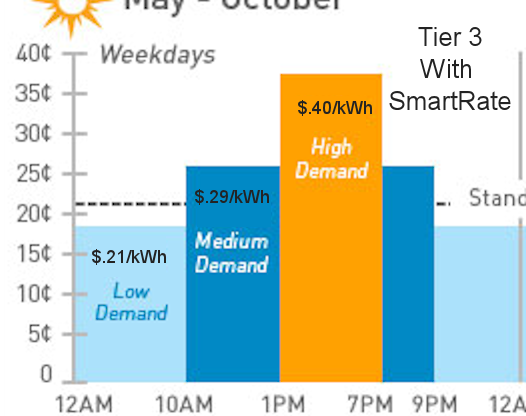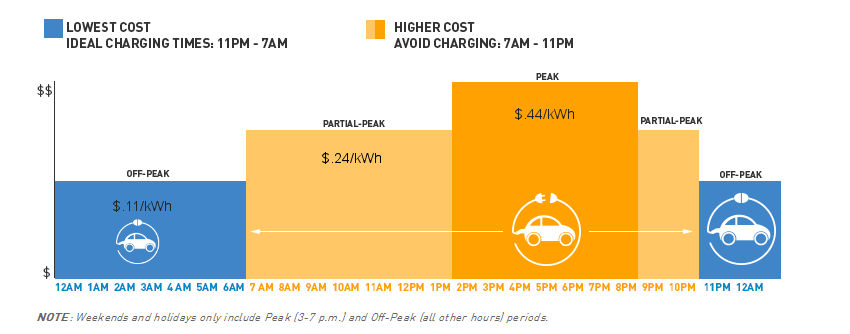suppy2010,
It sounds like you're doing what I would recommend. Switch to E-6 while you can and compare your bills in a few months. You can always switch back to EV-A, you can never switch to E-6 once it goes away. (Though E-6 itself starts phasing out in 2020, gone completely in 2022).
Which is better for you depends on how much you charge your Leaf, and since it sounds like you charge a lot, EV-A may be better. Basically it's a question of which works out to be larger -- the savings from the lower overnight charging rate, vs. the bigger benefit of the better TOU time periods for E-6.
You can download your usage data (in 1-hour or 15-minute increments) -- look for the "green button" icon on the website. You can use that to build a spreadsheet and calculate what you would have paid, but it certainly takes some work. Actually, I just remembered that there's a great program called PG&E Toolkit for iPad. It's about $10, but it'll download all your usage data and show you what your bill would have been (and the breakdown) on every rate plan. So that may give you your answer, with the caveat that if you were actually on E-6 (rather than EV-A), you might have adjusted your usage times slightly based on the different rate schedule. But it should quickly answer your question as to what E-6 would have cost you if you behavior didn't change.
I'm like evtifosi -- I charge infrequently, and at the moment I still have the No Charge to Charge program, so I almost never charge at home. So E-6 is the clear winner for me, even before solar -- at least in the winter. This will be my first summer on E-6 so we'll see if it holds up as cheaper than EV-A.


